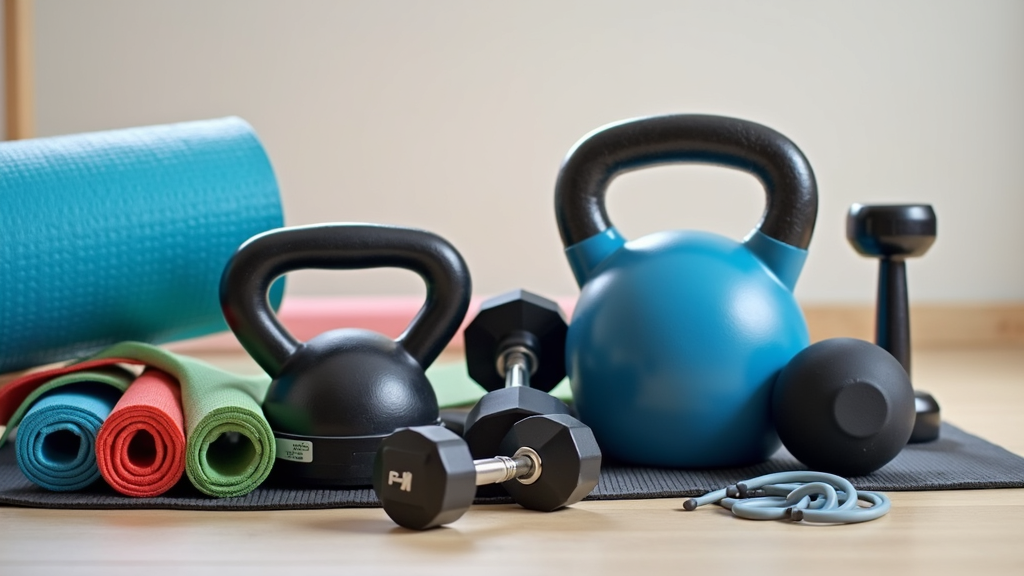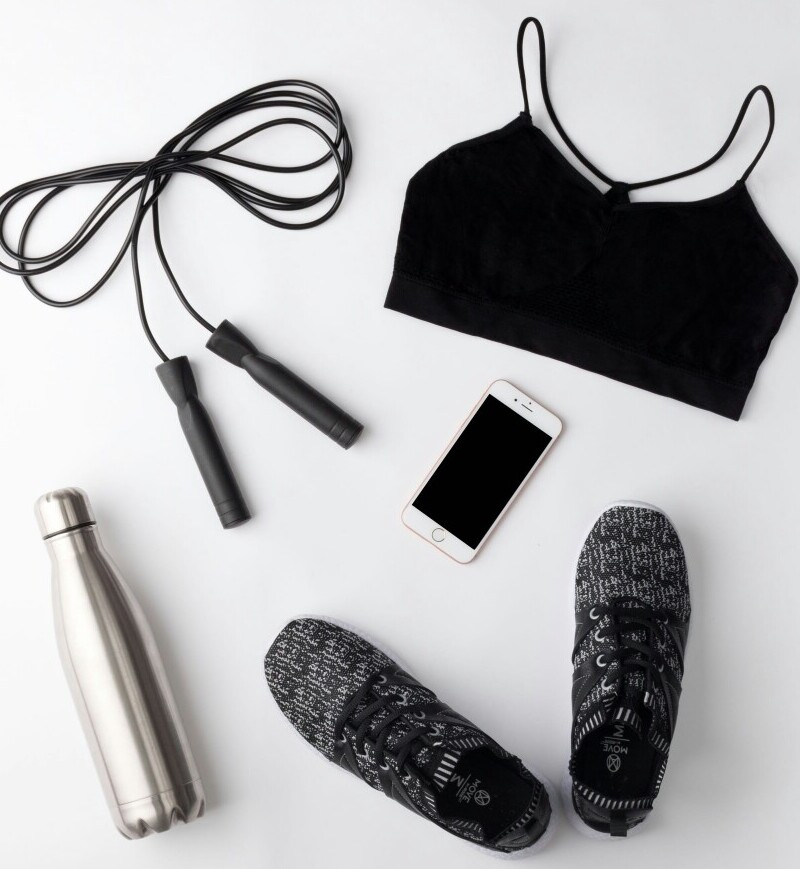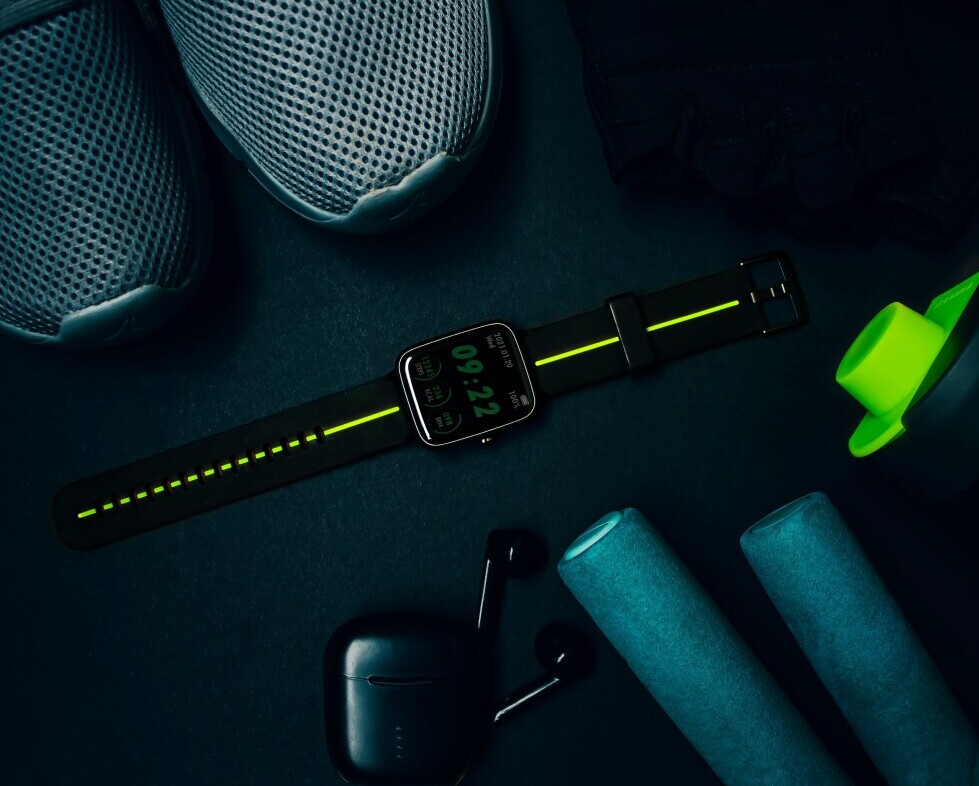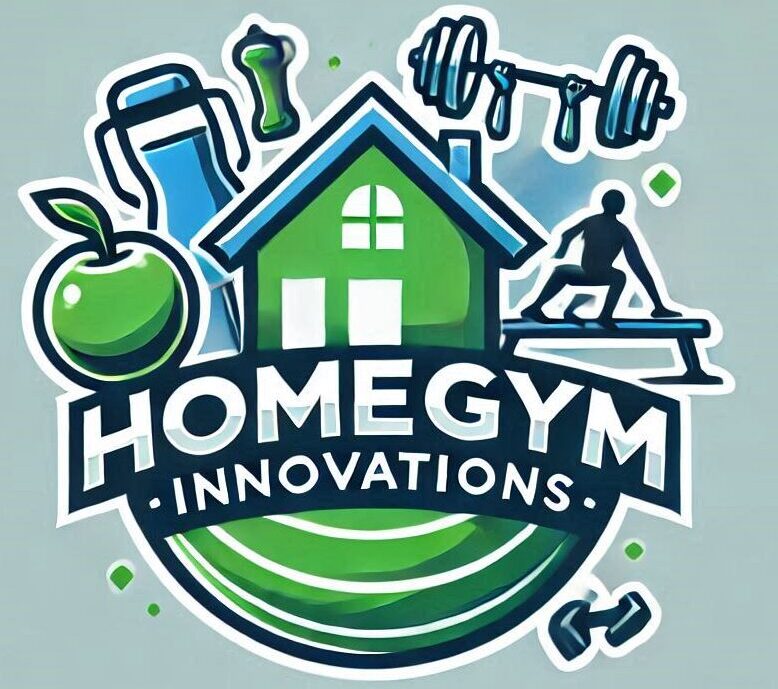Fitness gear has taken a big leap in the past few years. If you’re like me, you might find it overwhelming to figure out what’s actually worth your cash. Whether you’re revamping your home gym or need something to make your daily walks more productive, the right equipment can make a real difference in how you train. I’ve spent a lot of time trying out different workout gadgets, and in this article, I’m sharing my personal reviews, helpful buying tips, and things I wish I knew before picking up new gear.

Popular Fitness Gear for Home and Gym
The home fitness market has grown fast since 2020, with more people making their living rooms double as gyms. From resistance bands to smartwatches, there’s an endless sea of options. New brands keep popping up on social feeds, promising better results and fancy upgrades. The truth is, some of these things are handy, while others just collect dust in the closet.
Here’s what’s popular at the moment:
- Adjustable Dumbbells: Great for saving space and still getting solid strength training sessions in.
- Resistance Bands: Perfect for mobility work, rehab, or adding a challenge to bodyweight moves.
- Smart Fitness Watches: Track activity, heart rate, sleep, and more. These are super useful for people with goals.
- Foam Rollers and Massage Guns: Help with recovery and sore muscles so you can train harder the next day.
- Yoga Mats: Nonnegotiable for stretching, yoga, or just for comfortable floor work.
Investing in a few solid pieces has definitely made it easier for me to stick with my routines. On days when the gym isn’t happening, having simple, effective equipment helps keep my motivation intact. For example, on rainy mornings, my resistance bands and dumbbells get a solid workout while I catch up on podcasts. Also, many people are switching things up with compact cardio gear, like mini steppers or folding treadmills, so you can still get your heart rate up in a small space.

My Guide to Buying Fitness Gear (And Avoiding Regrets)
If you’ve ever bought a fancy piece of gym equipment and ended up using it as a clothes rack, you’re not alone. Picking the right gear depends on your goals, space, and what you’ll realistically use. Here are a few things I always check before making a purchase:
- Functionality: Does it fit with the workouts I actually do? I ask myself if the gear adds variety or meets a gap in my current setup.
- Quality and Durability: Cheap stuff can break or wear out fast, especially if you use it frequently. Solid construction and warranty coverage are really important.
- Space and Storage: Living in an apartment or sharing space means compact or foldable gear is key.
- Budget: Price doesn’t always mean quality, but spending more on core items usually pays off. I avoid products that promise overnight results and always look for honest reviews.
- Versatility: Gear that can be used many ways (like resistance bands, adjustable kettlebells, or benches) gets more use and helps prevent boredom.
Careful research helps buyers make better choices. I always hunt for video reviews, ask friends, or check communities like Reddit or fitness blogs for honest takes. Doing this helps avoid costly mistakes like buying the latest gadget only to never touch it again. Remember, nothing beats real-world feedback from people who’ve used the gear for months or years.
Hands-On Reviews: What’s in My Home Gym
After years of testing, I’ve settled on some favorites that actually help me stay consistent and get the most out of my workouts. Here’s a list of equipment that truly passed the test:
- Bowflex SelectTech Adjustable Dumbbells: Short on space? These replace an entire rack. Easy to adjust, comfortable grip, and they last—no rattling even after heavy use.
- TRX Suspension Trainer: Hooks onto doors or sturdy beams and unlocks a huge range of challenging bodyweight exercises. Super portable for travel or outdoor training.
- TriggerPoint Grid Foam Roller: Good firmness and quality make recovery easier. My muscles always thank me after a session, especially post-leg day.
- Apple Watch Series 8: I was a skeptic, but it tracks the essentials: heart rate, steps, and even coaches you through intervals. Sleep tracking is a real bonus on busy weeks.
- Manduka PRO Yoga Mat: Doesn’t slide, thick and supportive, and has held up perfectly for years, even after daily sessions. Stays clean and odorfree too.
Each piece earned its spot by delivering results and durability. I keep mixing up my training without needing a dozen gadgets, and it keeps things fun and fresh. On days where I need lowimpact movement, just having my mat and bands makes for a good workout with little fuss.

What to Watch Out for Before You Buy
Not every fitness gadget is worth the money. Here are some things that can catch people off guard:
- Overhyped Tech: Some smart gear looks next-level cool, but complicated features or bad software make them more trouble than they’re worth.
- Assembly Issues: Home gym equipment often needs building. It helps to review instructions first and see if others had trouble with setup.
- Maintenance Needs: Things like treadmills or rowers need care and replacement parts can cost a lot. Checking for local service options is a smart move before buying.
- False Promises: Brands making bold claims or using mostly influencer marketing with no real user feedback should be approached carefully. If it sounds too good to be true, it probably is.
Before buying, I always picture how the gear will fit into my routine. Is it truly multifunctional, or will it end up gathering dust? So many friends jump at sales only to regret it months later. Choose gear that matches your lifestyle, not just trends you see online.
Maximizing Your Fitness Gear: Tips for Success
Getting more from fitness equipment takes some intention. Here are tips from personal experience:
- Make a Dedicated Space: Even a single corner with your mat and dumbbells helps create a routine and keeps gear organized.
- Mix Things Up: Rotate bands, weights, and bodyweight circuits. Variety keeps progress coming and makes training more engaging.
- Set Reminders or Workout Times: Use your watch, phone calendar, or a daily habit timer to stick to planned workouts. This builds consistency even on tough days.
- Track Progress: Whether it’s in an app, notebook, or wearable, tracking how much you lift or how often you train helps keep you motivated and accountable.
- Don’t Skip Recovery: Foam rolling muscles and stretching will add up over time, preventing injuries and supporting better progress.
Sticking with workouts is easier when gear is within reach and routines are simple. The best tools for me are the ones that fit in my day-to-day life—being prepared and having things handy has saved more workouts than I can count.
Beginner Fitness Gear: Where Should You Start?
If you’re building a home gym for the first time, starting simple is smart. Here’s how to cover the basics:
- Bodyweight Basics: Pick a nonslip mat, a set of resistance bands, and a pullup bar if you have space. These cover most foundational exercises.
- Strength Equipment: Start with a pair of moderate dumbbells or an adjustable kettlebell for a wide range of movements.
- Mobility Tools: Basic foam rollers or a lacrosse ball help iron out sore spots and aid in recovery.
- Wearables (Optional): If tracking appeals to you, a no-fuss fitness band gets the job done without lots of settings.
As your confidence and goals change, you can add more tech or heavier weights. This path keeps things manageable, clutterfree, and budget-friendly. A lot of newcomers feel they need everything at once, but you’ll learn exactly what you need by starting small. Plus, it’s easier to spot the missing pieces when you’re already moving.

Frequently Asked Questions
Here are some common questions people ask about fitness gear:
Question: What’s the best gear for small spaces?
Answer: Resistance bands, adjustable dumbbells, and compact suspension trainers work well in tight rooms. Mats and foldable benches add some comfort and are easy to store.
Question: Are smartwatches or trackers worth it?
Answer: They help you keep tabs on heart rate, sleep, or daily movement, which is motivating for many. Not required, but they do add some accountability and can make workouts more fun.
Question: How do you know if fitness gear is high quality?
Answer: Look for strong materials, product warranties, trusted brands, and tons of real user reviews (especially after months of use with pictures). If something looks too cheap to last, it probably won’t.
Wrapping Up
Picking the right fitness gear comes down to matching it with your habits, space, and what keeps you moving. I’ve found the most satisfaction by picking versatile and durable pieces, not falling for every new gimmick. With a few well-chosen items, staying active feels way easier—and you truly get your money’s worth. If you’re thinking about upgrading or starting from scratch, keep it simple at first and build up as your training grows.
New gear keeps coming every season, so stay sharp by reading real reviews and don’t stress about having the fanciest setup. What counts most is that the gear actually gets you moving and brings something positive to your health and fitness!
Thanks for checking this post out feel free to to leave a comment, ask questions and be sure to look on the other posts for everything fitness.
